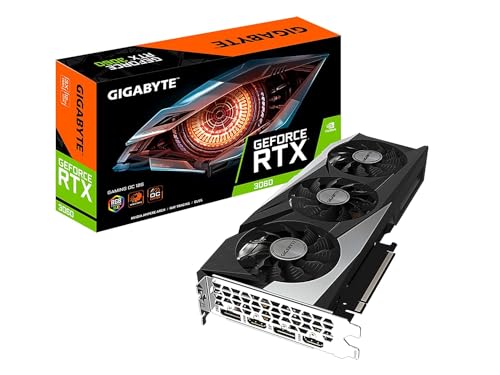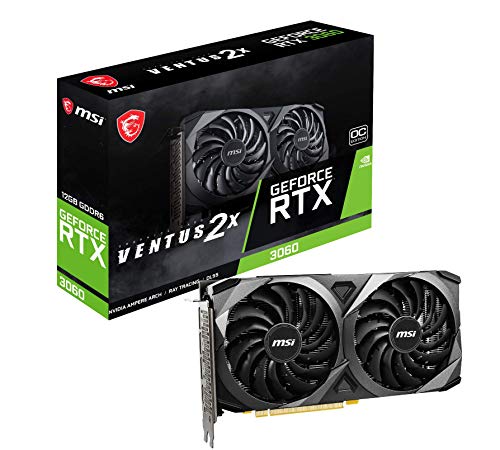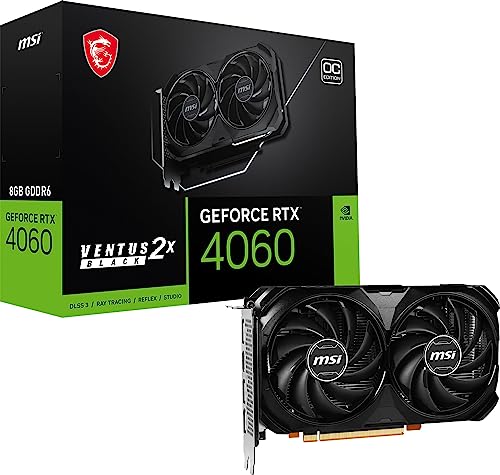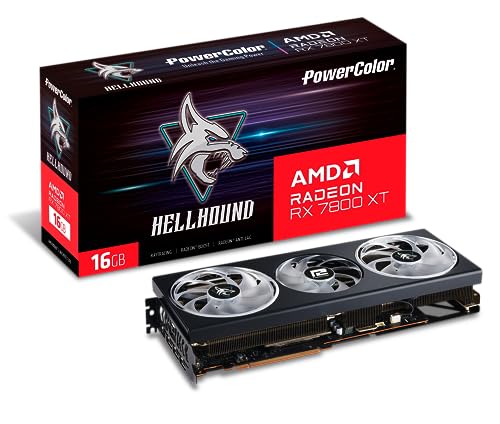Gaming PCs require understanding limitations of a GPU, and is key to deciding on what works for you. A Graphics Processing Unit (GPU) is responsible for rendering images and graphics, making it a crucial component for gamers. If you want smooth gameplay with beautiful visuals, knowing a bit about how GPUs work is important.
First off, let’s talk about performance. The power of a GPU is determined by its core count, clock speed, and memory. More cores usually mean better performance because they can handle more tasks at once. A higher clock speed means the GPU can process information faster, leading to smoother frames while gaming. And don’t forget about memory; more VRAM is better for high-resolution textures and complex games. Higher tier GPU's are also best for maximizing productivity that involves editing videos, high-resolution photography, and file compression.
Another thing to consider is compatibility. Make sure your GPU fits your motherboard and that your power supply can handle it. It's not just about picking the latest model; you want to ensure that it meshes well with your other components. Check for space in your case too; some GPUs are big and need room to breathe! Most case manufacturers show the maximum length of GPU they can hold in the specs. Check that before you buy!
Lastly, think about your gaming habits. Do you play the latest AAA titles or stick to indie games? Higher-end GPUs are great for cutting-edge graphics in newer titles, but if you mostly enjoy less demanding titles, you might not need to spend big bucks. Finding the right balance between performance and price can help you get the most bang for your buck. You should also consider your productivity. Do you create or edit videos or high-quality photography? If so, you may want to consider a higher-end GPU, but depending on the frequency of these tasks, you might be able to save some money there too.
Top Features to Look For
When you're on the hunt for a GPU, it's important to know what features to keep an eye on. Here are some top features that can really make a difference in your gaming and creative experiences:
- Performance: Look for a GPU with good benchmark scores. This tells you how well it can handle games and creative software. Higher performance means smoother gaming and faster rendering times.
- VRAM: Video RAM is crucial, especially for higher-resolution gaming or intensive creative tasks like video editing. For most gamers, 4GB is the minimum, but 8GB or more is often a safer bet for future-proofing.
- Cooling System: A good cooling system keeps the GPU from overheating during long gaming sessions or intense workloads. Look for GPUs with good airflow design or efficient fans to keep temperatures in check.
- Ray Tracing: If you want the latest in graphics technology, check for ray tracing capabilities. This feature gives you realistic lighting and shadows, greatly enhancing visual quality in games and creative software.
- Compatibility: Ensure the GPU fits in your case and is compatible with your motherboard. Check the power requirements too, as some GPUs need a more powerful power supply.
By keeping these features in mind, you're more likely to find a GPU that suits your gaming style and creative needs. Happy hunting!
Best GPUs for Gaming Performance
When it comes to gaming performance, having the right GPU can make all the difference. A great graphics card doesn’t just offer stunning visuals; it also ensures smooth gameplay and fast loading times. So, what should you look for? Here’s a quick rundown of some of the best GPUs that stand out in the gaming world.
NVIDIA GeForce RTX 3080
- Excellent for 4K gaming and high refresh rates.
- Ray tracing support for incredible lighting effects.
- Great value considering its performance capabilities.
AMD Radeon RX 6800 XT
- Fantastic for 1440p gaming with high frame rates.
- Strong performance in both gaming and creative tasks.
- Good power efficiency, so it won't break the bank on electricity.
- A budget-friendly option that doesn’t skimp on performance.
- Perfect for 1080p and decent for 1440p gaming.
- Features like DLSS help boost performance without losing quality.
These GPUs represent some of the best choices out there, depending on what you’re looking for in your gaming experience. Whether you’re diving into massive open-world games or enjoying competitive matches, each of these options has its unique strengths to elevate your gameplay.
GPUs that Boost Creative Workflows
When it comes to diving into creative projects, having the right GPU can make all the difference. Whether you’re working on graphic design, video editing, or 3D modeling, a powerful graphics card can speed up your workflow and enhance your creative experience.
First up, consider the NVIDIA GeForce RTX series. These GPUs are popular among creatives because they’re not just great for gaming—the ray tracing capabilities provide stunning visuals that can really bring your projects to life. Whether you’re rendering 3D images or doing complex visual effects in videos, the RTX series has the power you need.
Another strong contender is the AMD Radeon RX series. With impressive performance and a solid price-to-performance ratio, these cards are perfect for anyone on a budget who doesn’t want to sacrifice too much on quality. They excel in tasks like video editing and graphic design, making them a smart choice for many creatives.
If you frequently work with applications that utilize machine learning or AI, like Adobe’s Suite, you might want to look into GPUs with CUDA cores, especially NVIDIA. This feature can significantly boost performance in tasks such as photo editing and rendering. Be sure to check compatibility with your software, as some applications perform better on specific GPU brands.
Ultimately, the right GPU for you depends on your specific creative needs and budget. Think about what software you use most often and what tasks you perform. By matching your GPU choice to your workflow, you’ll make your creative process smoother and more enjoyable.




